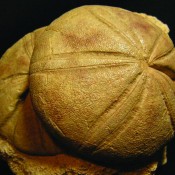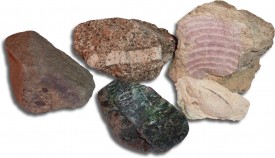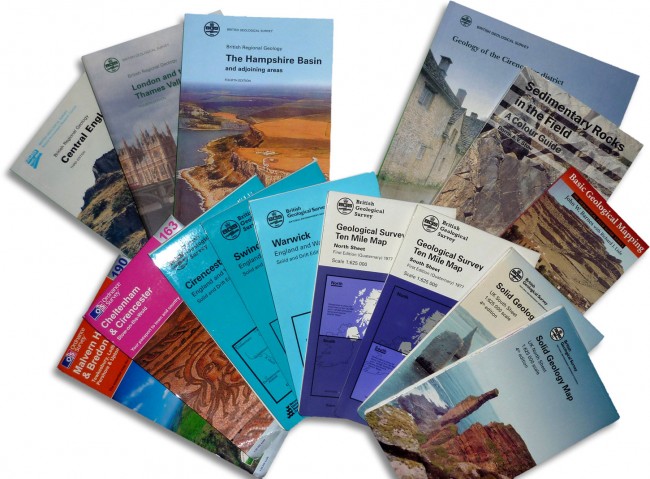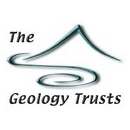A
ll groups maintain a database of all the significant geological and landform locations in their county, from unprotected sites to nationally important Sites of Special Scientific Interest (SSSIs). In addition to this they may keep a listing and samples of the types of rocks, fossils and minerals to be found in the county. Recognizing that the exploitation of these has influenced our settlement patterns, built environment and industrial heritage, information may also be held on mines and quarries, and the products extracted from them, such as building stone, sand, gravel, metal ores or brick clay.
In some counties, copies of these records are held on behalf of the geoconservation group, and are accessible to the public, at county museums or local environmental records centres. Several of the county groups prefer to run independent geological records centres, where a library of maps, journals and books, and a collection of samples may also be available for study and there are personnel to offer advice.




 Copyright © 2025
Copyright © 2025